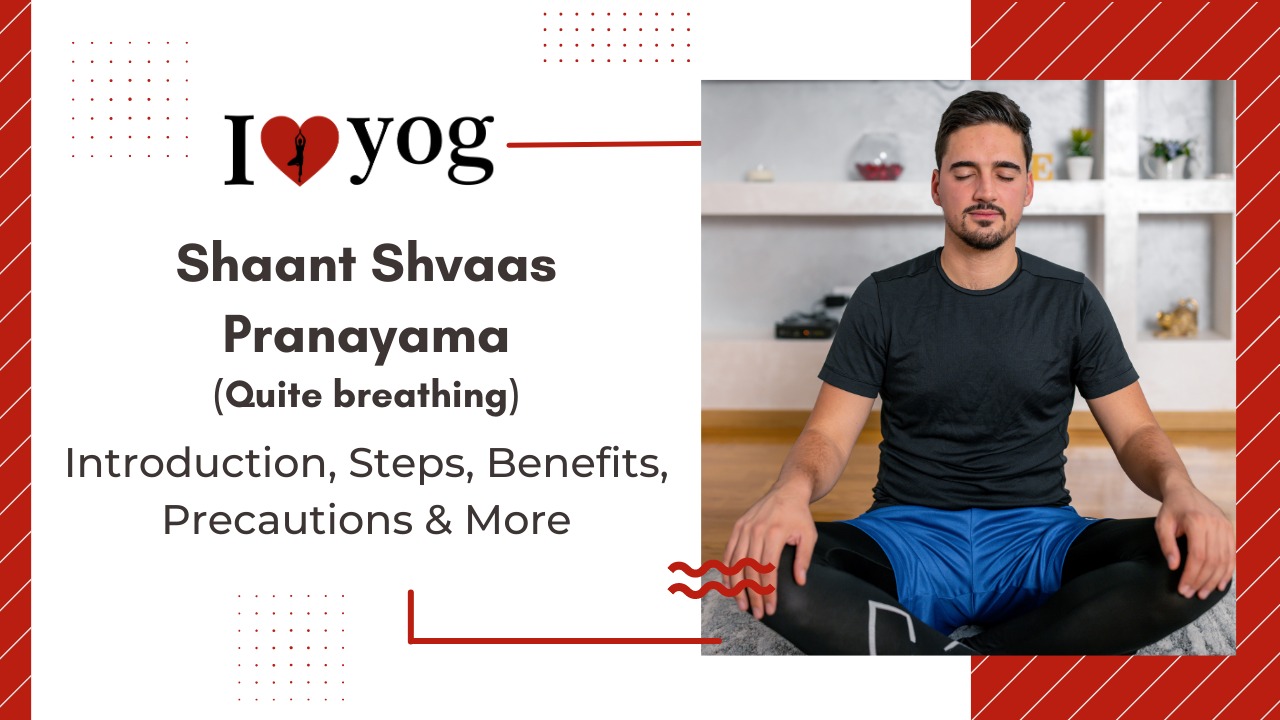Definition – What does Quiet Breathing mean?
Calm breathing is the relaxed, normal state of breathing that does not require any control. It pairs with rapid breathing and deep breathing to form one of the types of pranayama breathing exercises used in yoga
Used as part of yoga meditation or asana practice, calm breathing slows heart rate, lowers blood pressure, calms mind and body, and creates a sense of stability.
Benefits
- Used often during meditation or following intensive asana practise,
- Calm breathing helps us relax and ground ourselves in the present moment.
- Its deeply calming effects allow us to slow heart rate, lower blood pressure, and to calm the mind.
Steps
- Begin to become more aware of your breath while sitting in a simple meditative pose or even a resting pose like Savasana.
- If you feel comfortable, you can also close your eyes.
- Watch the flow of your breath and feel it calm down, slow down and gradually flatten out, which should be as natural as possible.
Frequently Asked Questions (FAQS)
Which poses are preferred for quiet breathing?
The preferred poses are Padmasana (Lotus Pose), Vajrasana (Knee Pose), and Swastikasana (Happiness Pose).
When can it be done?
Calm breathing can be practiced in a seated, standing, or lying asana, although light seated postures are recommended.
What measures should be taken while quiet breathing?
The pose should be stabilized and the muscles relaxed so that the yogi can observe the breath. After the body settles into the pose, the breath relaxes into its still state, uncontrolled by the yogi. There will be no movement in the chest; only the abdominal and lung muscles provide inhalation and exhalation.
How to differentiate quiet breathing from deep breathing?
When the body moves, breathing becomes compromised due to the body’s need for oxygenated blood. Breathing becomes faster and sometimes deeper, but when there is no body movement, breathing is calm and relaxed. This is called quiet breathing


